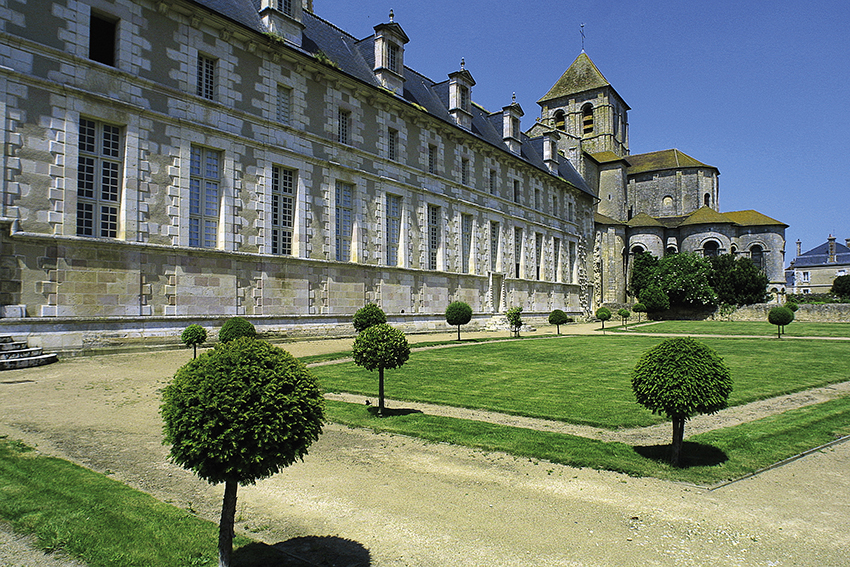
A past, a story
From Charlemagne to Prosper Mérimée, a story marked by illustrious figures.
The origins of the Abbey of Saint-Savin can be found in the Carolingian period. Louis le Pieux asked saint Benoît d’Aniane to settle twenty monks and an abbot, whom he chose himself, in the monastic building founded in 800 with the assistance of Charlemagne. Placed under royal protection and ruled according to saint Benoît’s regulations, the abbey represented a leading place in the history of the region’s Christianization. As soon as the 9th century, the abbey's number of land possessions increased inside but also outside of its territory, which made the abbey one of the most important of the region.
The abbey then plays a crucial part in a renewing monastic world: the clergymen of Saint-Savin reformed several places such as Saint-Martin d’Autun, Baume-les-Messieurs or Vézelay. One of them even became Abbot of Cluny. In the 11th century, the community lives under the protection of the Earls of the region. The countess Aumode, wife of the Duke of Aquitaine – William the Great – donates a large amount of money in 1010, to the monks’ community which was rebuilding its abbey church.
If the Romanesque church can still be admired, the conventual buildings did not resist the damages caused by the Wars of Religion of the 16th century. As we can admire it today, the monastic building dates from the period when the abbey was rebuilt by the Benedictine monks reformed by the order of Saint-Maur, that is to say from the 1680s. The French Revolution led to the last monks’ departure and the parish’s service was transferred to the abbey church in 1792. The church then entered a long rescuing period initiated by Prosper Mérimée.

